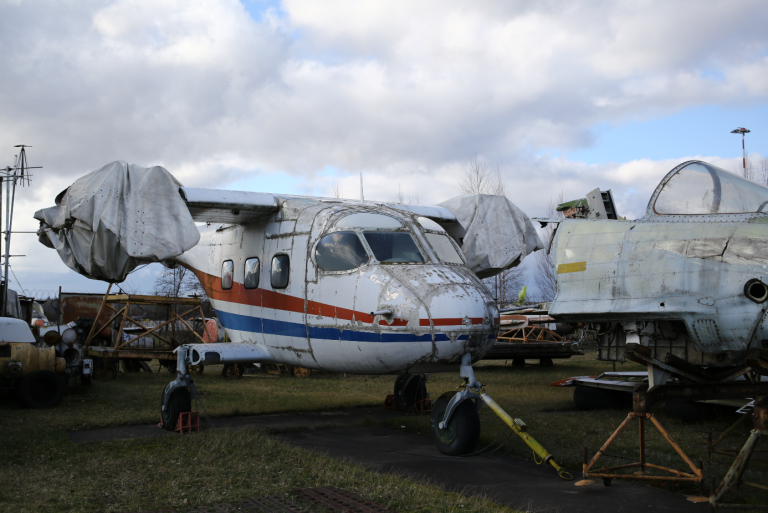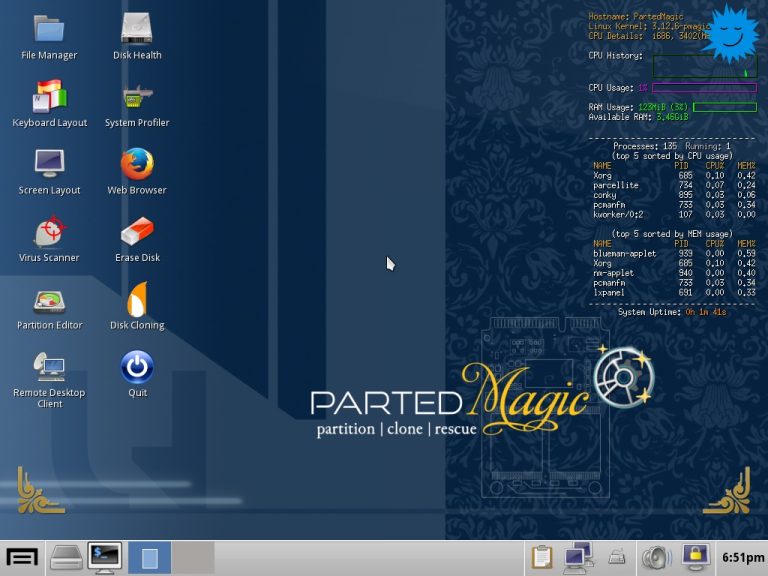Record a joint track remotely – the FarPlay utility will help
We have already talked about the wave-share utility. It allows you to organize the exchange of data via WebRTC using sound. Today we will continue the topic, but let’s talk about a tool for transmitting audio with minimal delays.

So close and so far
The pandemic has made adjustments to the musicians’ plans. Joint projects had to be canceled or rethought. Some collectives tried to give concerts by video link. But this format did not show itself in the best way. Mainly due to audio delays exceeding half a second. Recording or performing a track in such conditions is difficult – the musicians have to play in sync. Therefore, during the period of isolation, many performers either took a creative break, or worked alone…
But not everyone is a jazzman Dan Tepfer decided by all means to play with colleagues in the shop, who are hundreds of kilometers away. He began looking for software to deliver high-quality audio over the network without delays. The musician tried out several instruments, including open source utility JackTrip… But he was not satisfied with the interface and the complexity of the settings. As a result, the enthusiast decided to take the situation into his own hands, teamed up with an engineer from St. Petersburg, and they released an application FarPlay…
How it works
FarPlay transfers uncompressed audio. This approach eliminates the overhead of audio compression and decompression on the part of the sender and receiver. At the same time, data exchange is in P2P format – without a centralized server. So, the distance that the audio packets travel is reduced and, as a result, the latency decreases. The tool also allows you to buffer the audio stream to remove acoustic glitches on broadcasts. The authors declare that the delay in audio playback does not exceed 20 ms…
More developers added Broadcast Output function. It divides the audio stream into two channels. The first musicians can use for monitoring (it is slightly worse in quality), and the second – broadcast to the audience on the Internet.
Who has already tried
One of the authors of FarPlay, Dan Tapfer, personally demonstrated the capabilities of the program. He has organized several online concerts with other jazz performers. On one of them he performed with a trombonist from Paris, Hermon Mehari. The invited musician was satisfied with the sound quality.
Although there was a place in the community for skepticism. FarPlay recently caught the attention of Hacker News residents. One of the participants in the thread suggestedthat the 20 ms delay looks too long, and the 3–6 ms lag is already confusing when playing dynamic tracks.
Here, in fairness, it should be noted that most musicians feel uncomfortable with a delay exceeding 20 ms. But even to work in such conditions, you can adjust – mainto keep the audio latency constant. Thus, organists in churches successfully perform their parts in sync with the choir. Although choristers can stand up to 30 meters from the musical instrument – as a result of their voices reach to organist with a lag of 90 ms.
What are the alternatives
Among the tools that simplify the work of musicians at a distance, we can highlight Jamulus… It is cross-platform, as it is built on a framework Qt, and uses the OPUS format. This is a lossy audio codec developed by the IETF.

Another alternative is SonoBus… Audio is exchanged in P2P format, but there is a special connection server on the network. It helps users find each other. Although musicians can also connect via LAN. The developers say that SonoBus is suitable not only for recording music, but podcasts and interviews.
Elk also offers its software and hardware platform for co-writing tracks. She develops the open source Elk Audio OS for audio processing on embedded systems. A special device connects to a PC and synchronizes the sound of instruments of performers who may be located in different countries. The system has already been tested by a troupe from the opera house in San Francisco – its participants carried out rehearsals at home. We talked about the system’s capabilities in more detail last time.
And here’s what else we talk about in our “Hi-Fi World”:
PS Our Christmas sale – hundreds of products from various categories with discounts up to 60%. A plus – gift ideas and thematic hits…
![[демаскировка фактов] Was there a stroke?](https://prog.world/wp-content/uploads/2022/07/c6c0d2c1deddf43b11417f17af54303b.png)



